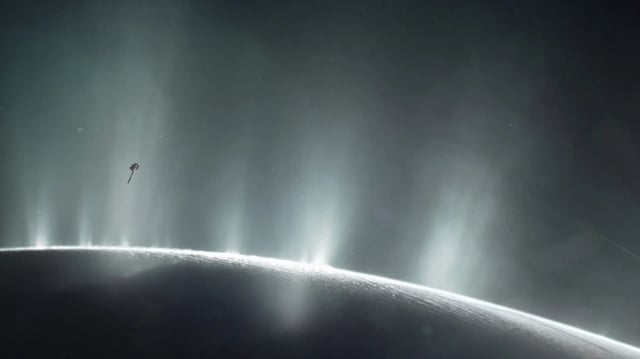Overview
- Researchers from the University of Sheffield, the Open University and the Czech Academy of Sciences used the 'George' chamber to replicate vacuum-like conditions on Europa and Enceladus.
- They found that under near-zero pressure water boils and freezes simultaneously, creating a thin, porous ice crust.
- Trapped vapor beneath this crust repeatedly builds pressure, cracks the ice and drives liquid water to seep onto the surface in cycles.
- The results, published in Earth and Planetary Science Letters, challenge earlier studies that predicted a thick ice layer would seal off subsurface water and halt cryovolcanic processes.
- The team is now exploring radar detection of vapor-induced surface irregularities as a method to locate ancient cryovolcanic sites on icy moons.



